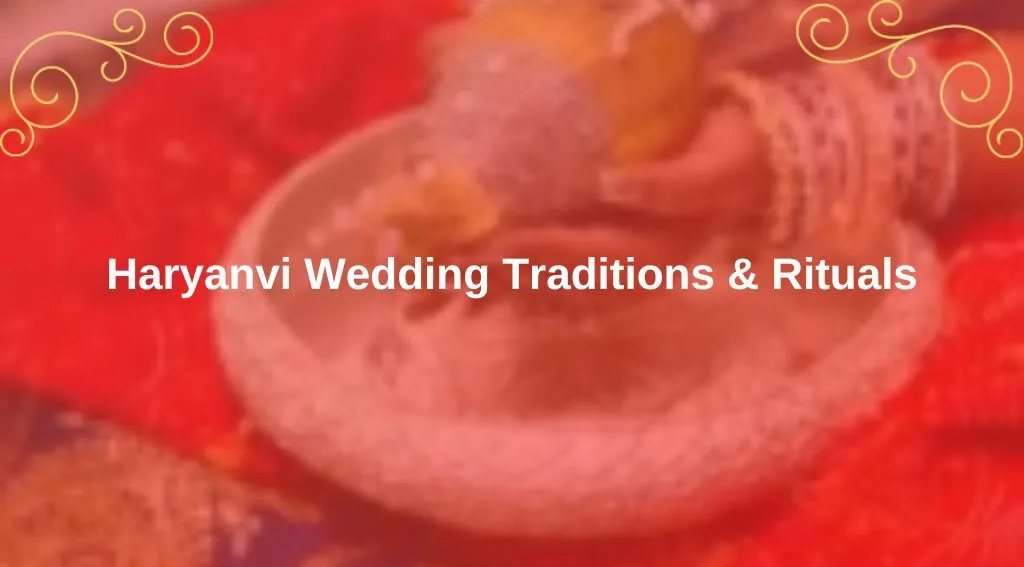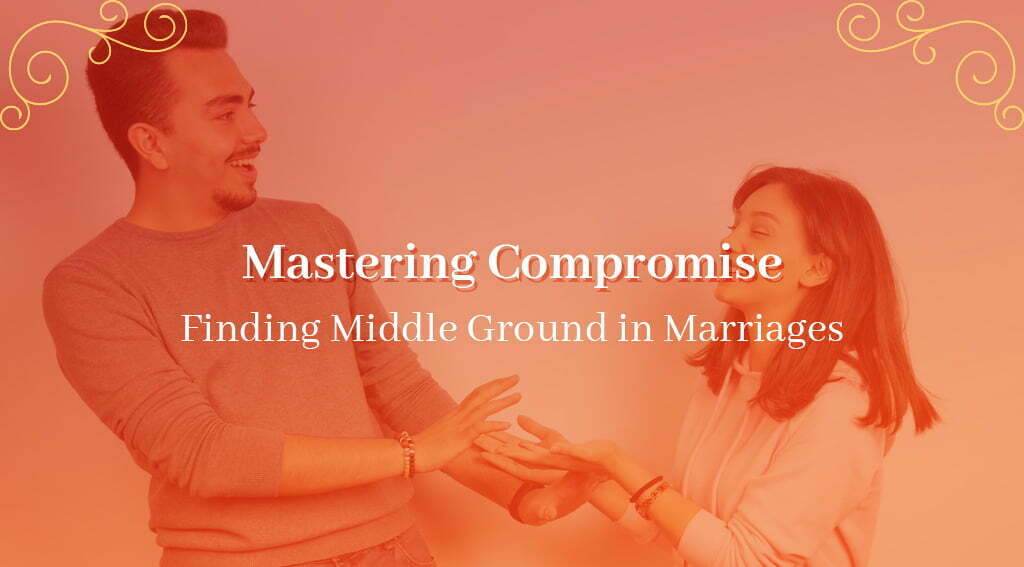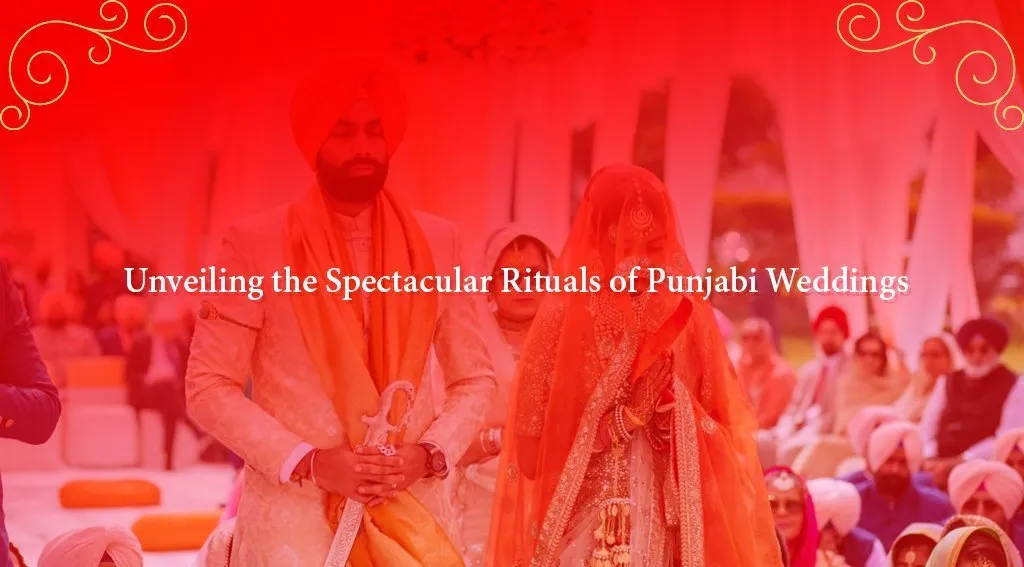Haryana, frequently known as ‘The Home of Gods,’ has cleared out its stamp on India’s social embroidered artwork. Haryana, which became a state on the first of November in 1966, has been a witness to a wealthy legacy of culture that dates back to the time of the Vedas.
This energetic state, famous for its financial victory, contains a wealthy embroidered artwork of particular traditions and customs, especially within the event of weddings. In this article, we’ll go on a trip through the vibrant and significant Haryanvi Wedding Traditions and Rituals.
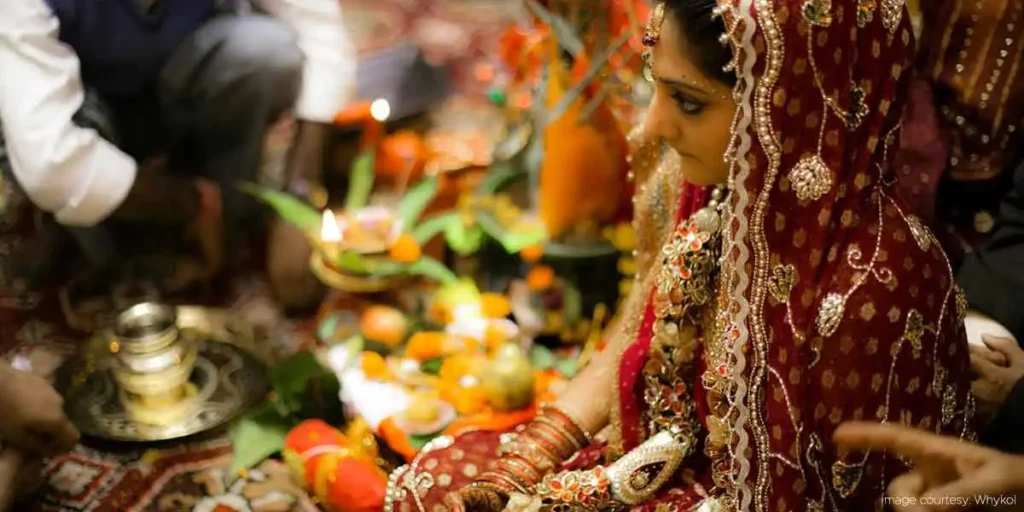
The Cultural Tapestry of Haryana
Haryanvi practices are strongly ingrained in Vedic culture. A prominent component is the practice of exogamy, in which people from the exact same Gotra disregard marriage.
The Jat community, which is dominant in Haryana, wants to marry within their community but avoids picking possible brides and grooms from the exact same village. The promotion of widow remarriage is noteworthy, as it reflects a progressive society viewpoint.
Pre-Wedding: Haryanvi Wedding Traditions
Sagai: The Prelude to Union
The ritual journey of a Haryanvi wedding begins with the ‘Sagai’ or commitment ceremony. This major occasion formalizes the earnest wish to marry, providing the groundwork for the numerous rites that will take place in the following phases of the celebration.
The ‘Sagai‘ signifies the start of a happy and precisely arranged union, in which family gather to bless the engaged couple and continue on the wonderful journey to wedding.
Also Read: Chhattisgarh Wedding Traditions and Rituals – Things to Know
Anguthi Pehnana: Sealing the Commitment
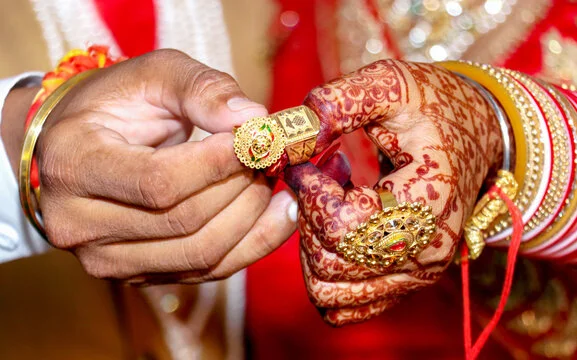
Following the engagement, the religious ceremony ‘Anguthi Pehnana’ begins, signifying the exchanging of wedding rings. This heartbreaking tradition acts as a formal vow, confirming the bride and groom’s relationship.
The act of adorning the band becomes a powerful symbol of their impending union, capturing the promise the shared adventure that lies ahead underneath the sacred tie of marriage.
Bhat Nutana and Ban Baithana: Invoking Blessings
A month preceding the wedding, the bride and groom’s maternal uncles are asked to participate in the ‘Bhat Nutana’ rite. Following that, ‘Ban Baithana’ entails the devotion of Lord Ganesh, which marks the spiritual beginning of the wedding festivities.
Pithi Lagana: The Glow of Preparation
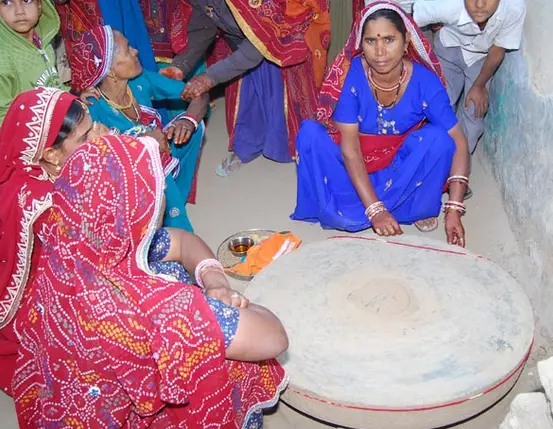
Throughout the ‘Pithi Lagana‘ rite, ghee, turmeric, and crushed barley are delicately rubbed to the bride’s skin. This ancient skincare technique represents the dazzling glow of the upcoming union, giving cultural importance to the preparatory rituals preceding the jubilant Haryanvi wedding celebration.
Banori and Ratijka: Celebration in Song and Dance
The ‘Banori’ rite consists of giving a meal to both bride and groom during the priest’s residence, followed by happy celebrations. The night preceding the wedding, loved ones sing traditional songs and dancing in a tradition known as ‘Ratijka,’ which celebrates the approaching bliss.
Also Read: Preserving Traditions: Exploring Bundelkhand Wedding Traditions
Mehndi and Khichai: Artistry and Feast
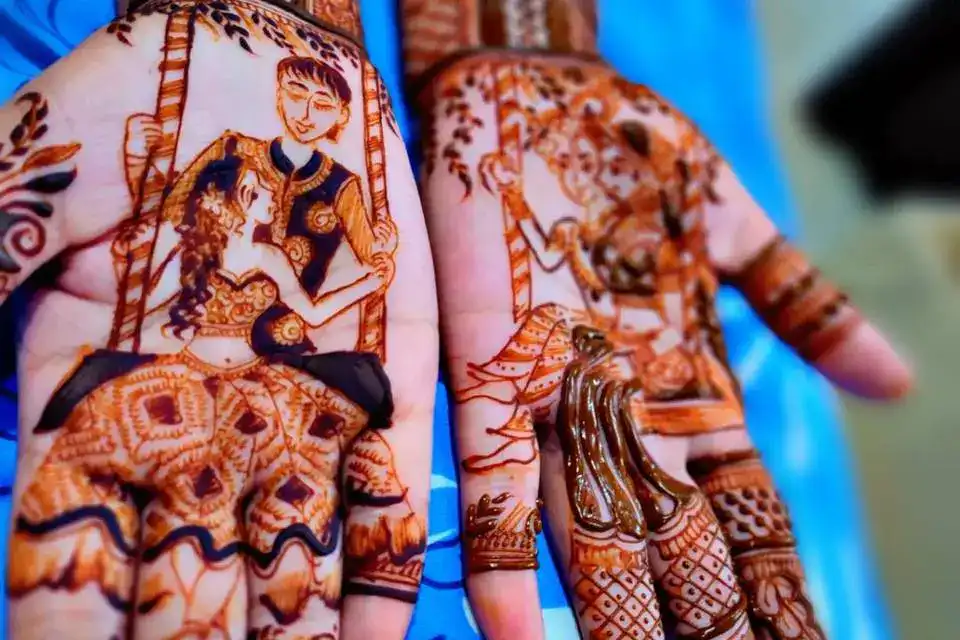
Amid the happy ‘Mehndi’ custom, the hands and feet of the bride are adorned with wonderful henna designs, making a canvas of craftsmanship that’s celebrated with melody and moving.
The ‘Khichai’ custom, held at the groom’s family, signals the starting of marriage arrangements. This devour symbolizes the veneration of the his wheel within the celebrated ‘Chak Puja,’ bringing within the religious street to married happiness.
Barat Nikasi: A Grand Arrival
The groom’s departure to the wedding location, referred to as ‘Barat Nikasi,’ is a big show. Mounting a beautiful horse, the groom enters in elegance, dressed in a Sherwani, Churidar, and turban, signaling the start of the ceremonial festivities.
Wedding Day : Haryanvi Wedding Traditions
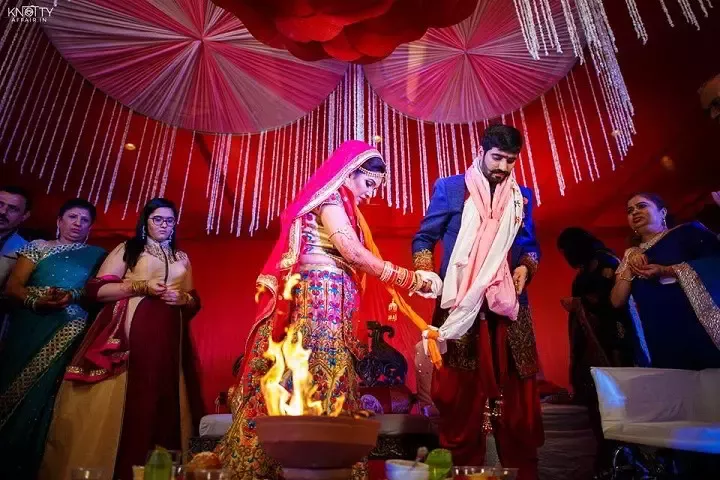
Chawal Chadhana: Offering Prosperity
The wedding day begins by performing the ‘Chawal Chadhana’ rite, which symbolizes prosperity by presenting grains to deities.
Seha and Toran: A Ceremonial Welcome
During the ceremonial greeting of the bridegroom’s baraat, historically known as ‘Seha,’ a sad moment occurs when the groom, upon coming, politely taps the ‘Toran’ using either the sword or a rosewood stick.
This symbolic gesture represents a return to tradition and appreciation for the holy voyage that awaits in the union through marriage.
Varmala and Kanya Dan: Symbolic Exchanges
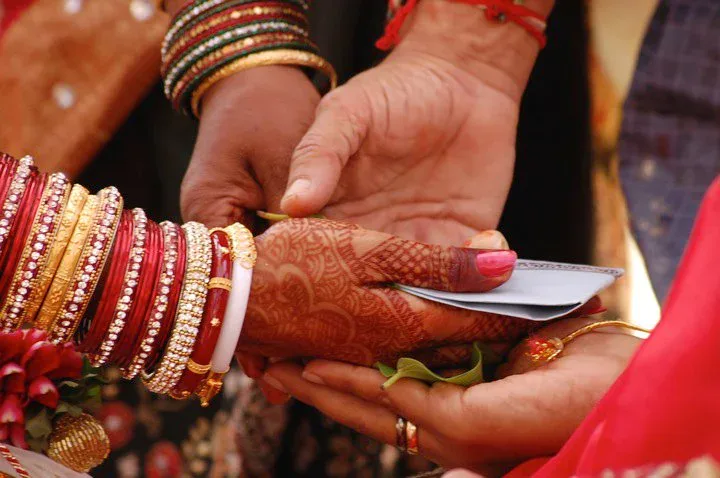
The exchange of garlands, or ‘Varmala,’ signifies the acceptance of each other. The mother of the bride then measures the groom’s chest. This symbolize his strength to protect her daughter in the ritual of ‘Kanya Dan.’
Hathlewa and Gajoa: Tying the Knot
In ‘Hathlewa,’ a Hindu priest acknowledges Lord Ganesha by tying a gold coin. They also do Mehndi across the groom’s hand on the right, signifying their togetherness. ‘Gajoa’ entails tying the last section of the groom’s kurta or dhotis to the bride’s saree, symbolizing the holy union.
Phere: Circles of Commitment
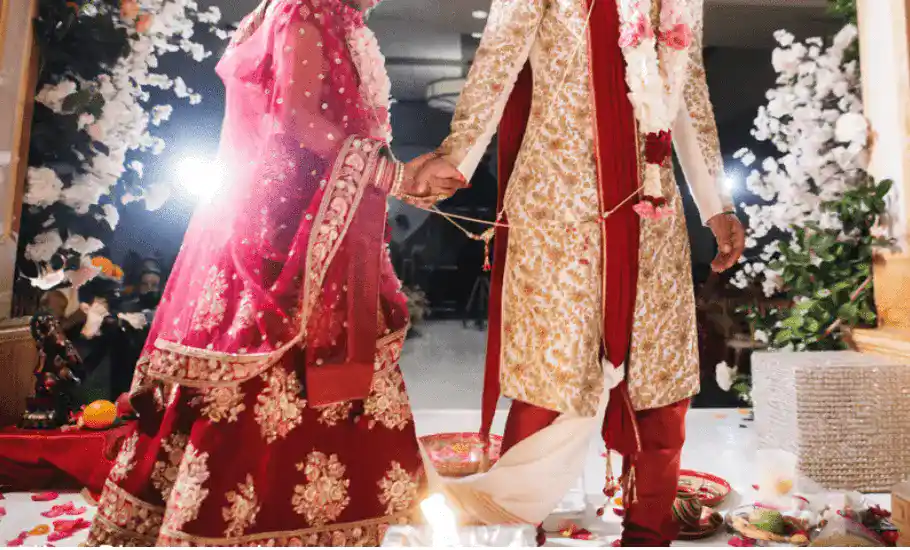
The couple circles the holy fire seven times, making seven promises for their married life. This ritual known as ‘Phere,’ after which they are considered married.
Vidai and Thapa Lagana: Emotional Farewell
After marriage, ‘Vidai’ represents the bride’s sorrowful departure as she departs her family house. The bride then administers the Haldi or Mehndi hand stamp in her new residence, called as ‘Thapa Lagana.’
Post-Wedding: Haryanvi Wedding Traditions
Kanwar Kaleva and Rangbari: Grand Feasts and Displays
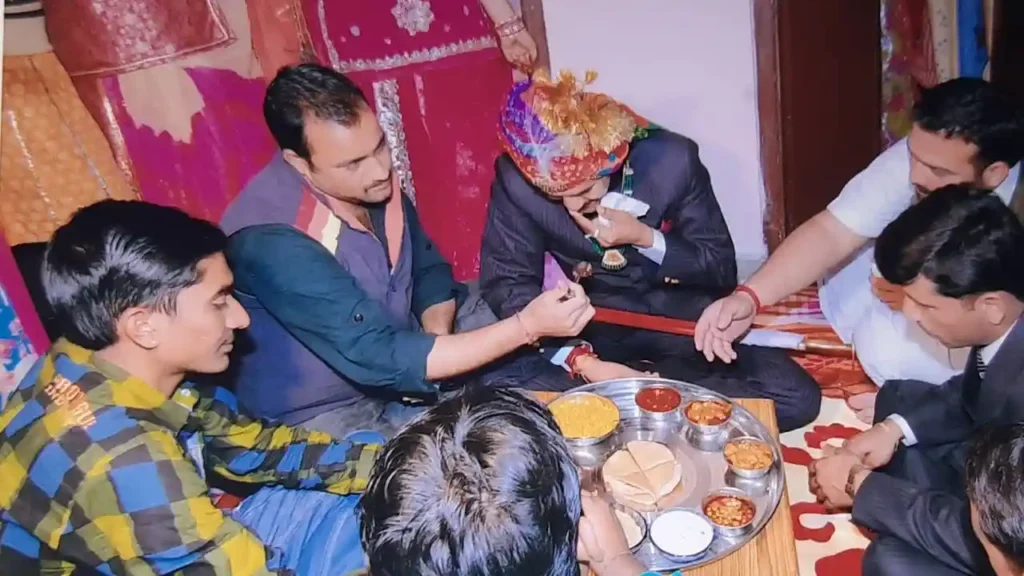
‘Kanwar Kaleva’ involves offering a grand feast to family members. ‘Rangbari’ showcases the new ornaments and clothes bought for the bride.
Samthui and Dat: Honoring Guests and Gifts
Samthui honors visitors, whereas ‘Dat’ entails the bride’s family presenting utensils, garments, and jewelry to the groom as well as his relations.
Vidai and Griha Parvesh: Bridging Homes
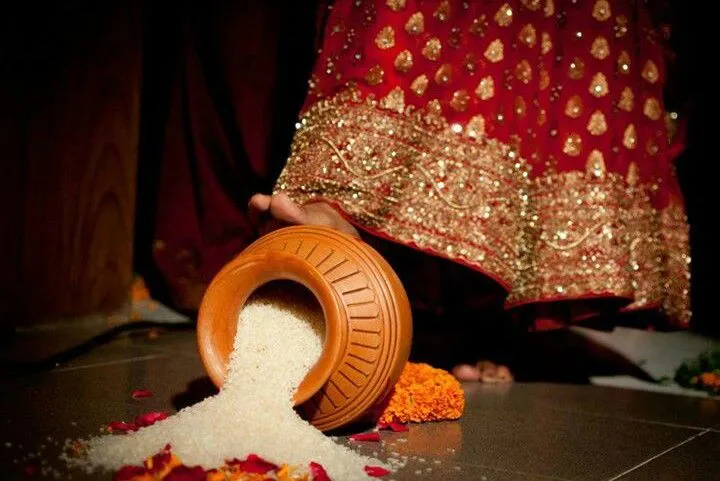
‘Muh Dikhai’ follows, in which each member from the groom’s family greets the new bride and presents her with gifts.
Finally, ‘Vidai’ commemorates the bride’s separation from her parents’ house. Upon arrival at the new dwelling, ‘Griha Parvesh’ performs a variety of symbolic rites. These including ‘Dwar Rukai,’ which wards off bad spirits.
Conclusion: Embracing Tradition in Modern Times
Haryana wedding traditions are heavily founded in Vedic rituals and reflect the state’s extensive cultural past. From prior to the wedding festivities to holy union and post-wedding gatherings.
Each rite symbolizes the Haryanvi people’s values and beliefs. Haryana weddings are a one-of-a-kind and spectacular cultural event, thanks to the lively customs that continue to exist.
FAQ
What are the interesting traditions watched in Haryanvi weddings?
Haryanvi weddings brag particular traditions such as ‘Ratijka,’ where family individuals sing society tunes all night, and the ‘Toran’ custom amid the groom’s entry. These conventions reflect the wealthy social embroidered artwork of the locale.
How do Haryanvi weddings vary from weddings in other Indian states?
Unlike a few districts, Haryanvi weddings underscore exogamy, maintaining a strategic distance from relational unions inside the same Gotra. Widow remarriage is encouraged, displaying a dynamic societal viewpoint.
What are the key pre-wedding customs in Haryanvi weddings?
Pre-wedding customs incorporate ‘Sagai,’ the engagement ceremony, ‘Ban Baithana,’ a adore of Lord Ganesh, and ‘Pithi Lagana,’ where a glue of ghee, turmeric, and grounded grain is connected to the bride.
Can you clarify the importance of the ‘Phere’ custom in Haryanvi weddings?
‘Phere’ includes the couple circling the heavenly fire seven times, making seven guarantees for their hitched life. This custom symbolizes commitment, solidarity, and the promises they make to each other.
What happens amid the post-wedding custom of ‘Vidai’ in Haryanvi weddings?
‘Vidai’ marks the emotional goodbye of the bride from her parental domestic. Upon coming to the new domestic, ‘Griha Parvesh’ includes typical customs, including ‘Dwar Rukai,’ where evil spirits are warded off some time recently entering the house.

